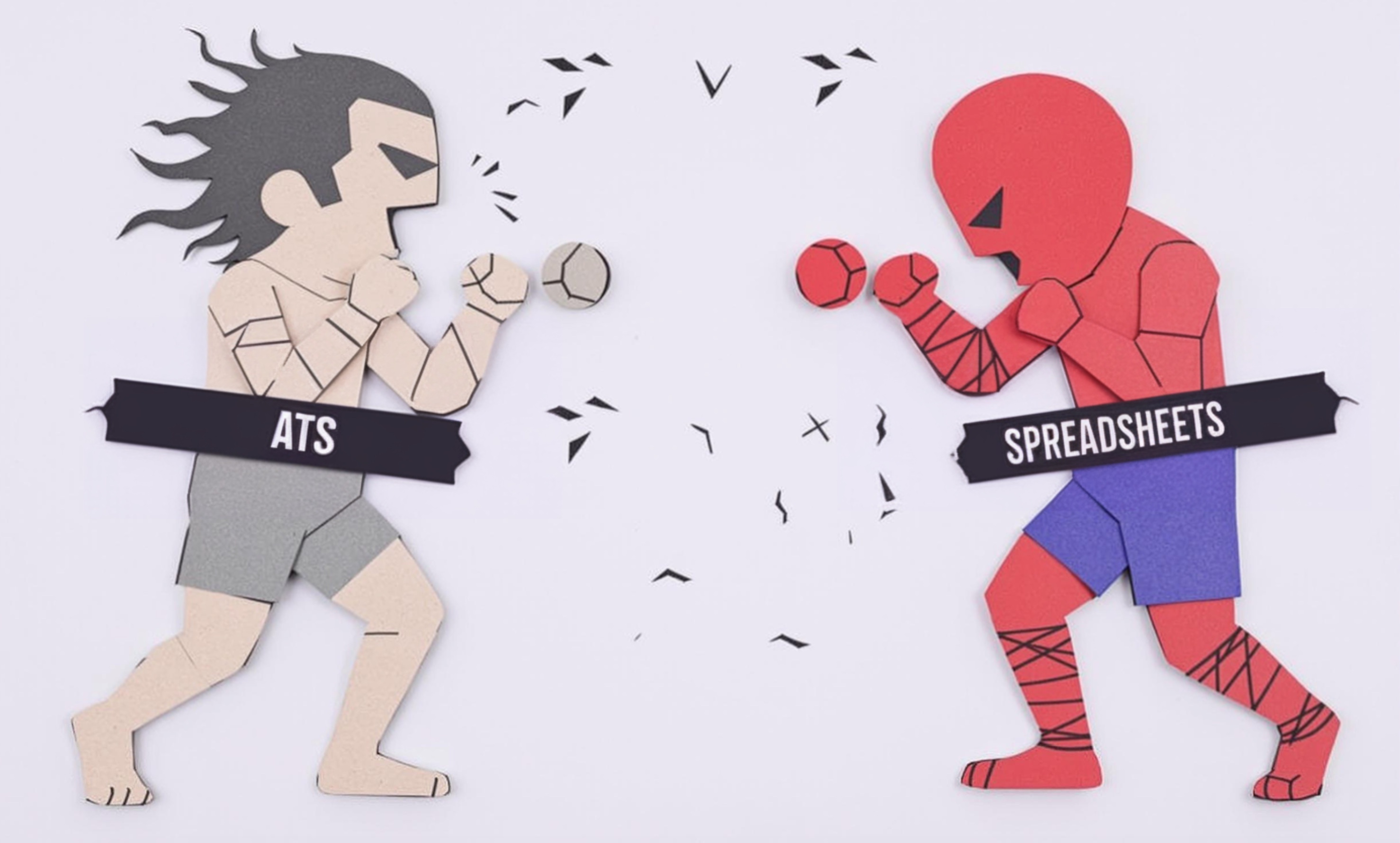
Tear Sheet
A tear sheet is a page or image "torn" from a magazine, catalog, or advertisement that shows a model's published work. It serves as proof of a model's professional experience and is an essential part of their portfolio. Think of it like a work sample or published credential that models use to show potential clients where they've appeared in print. The term comes from literally tearing pages from magazines, though nowadays these are often digital scans or PDFs. When reviewing resumes, you might also see it written as "tearsheet" or "tear-sheets."
Examples in Resumes
Featured in Elle Magazine editorial spread (see Tear Sheet)
Collection of Tear Sheets includes work for Vogue, Harper's Bazaar, and Marie Claire
Professional portfolio includes Tearsheet from national Target campaign
Typical job title: "Models"
Also try searching for:
Where to Find Models
Industry Networks
Professional Resources
Example Interview Questions
Experienced Model Questions
Q: Can you explain your most significant tear sheets and the campaigns they represent?
Expected Answer: An experienced model should be able to discuss their major publications, describing the brands, magazines, or campaigns they've worked with and what made these shoots successful.
Q: How do you organize and present your tear sheets to potential clients?
Expected Answer: Should demonstrate knowledge of both physical and digital portfolio organization, understanding of which tear sheets are most relevant for different types of jobs, and how to present them professionally.
Mid-Level Model Questions
Q: What types of tear sheets do you have in your portfolio?
Expected Answer: Should be able to show a variety of work including different styles of photography, various products or brands, and explain how they've grown their portfolio over time.
Q: How do you obtain copies of your tear sheets from publications?
Expected Answer: Should understand the process of working with photographers, magazines, and agencies to obtain proper copies of their published work for their portfolio.
Beginning Model Questions
Q: Do you understand what a tear sheet is and why it's important?
Expected Answer: Should be able to explain that tear sheets are published examples of their modeling work and why they're important for building a professional portfolio.
Q: How are you planning to build your collection of tear sheets?
Expected Answer: Should show understanding of working with photographers, pursuing test shoots, and seeking opportunities that could lead to published work.
Experience Level Indicators
Junior (0-1 years)
- Basic understanding of photo shoots
- Beginning portfolio development
- Basic posing techniques
- Understanding of tear sheet collection
Mid (1-3 years)
- Diverse portfolio of tear sheets
- Experience with different photography styles
- Professional portfolio presentation
- Brand collaboration experience
Senior (3+ years)
- Extensive tear sheet collection
- Major brand campaign experience
- Magazine editorial features
- Industry networking expertise
Red Flags to Watch For
- No understanding of what tear sheets are or their importance
- Unable to provide any examples of published work
- Disorganized portfolio presentation
- Unprofessional copies or screenshots of published work
Related Terms
Need more hiring wisdom? Check these out...

Why Your Hiring Spreadsheets Are Secretly Sabotaging Your Recruitment

Beyond Spreadsheets: Why Executive Dashboards in ATS Systems Are Your Secret Hiring Weapon

Cutting HR Costs Without Sacrificing Quality: A How-To for Savvy Executives

